Primeira Curva do Rio Yangtze - Bilhete, horário de funcionamento, localização e destaques
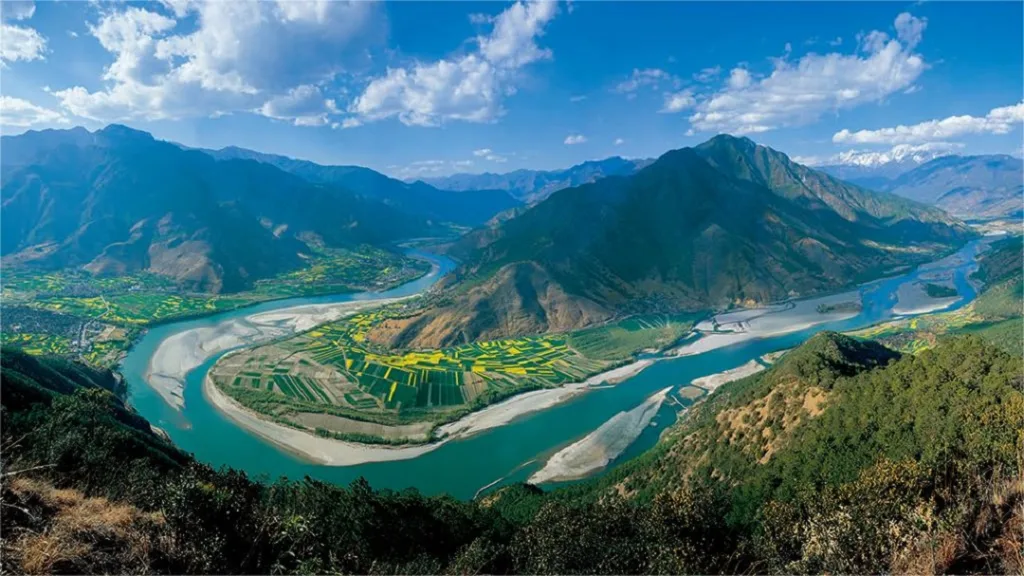
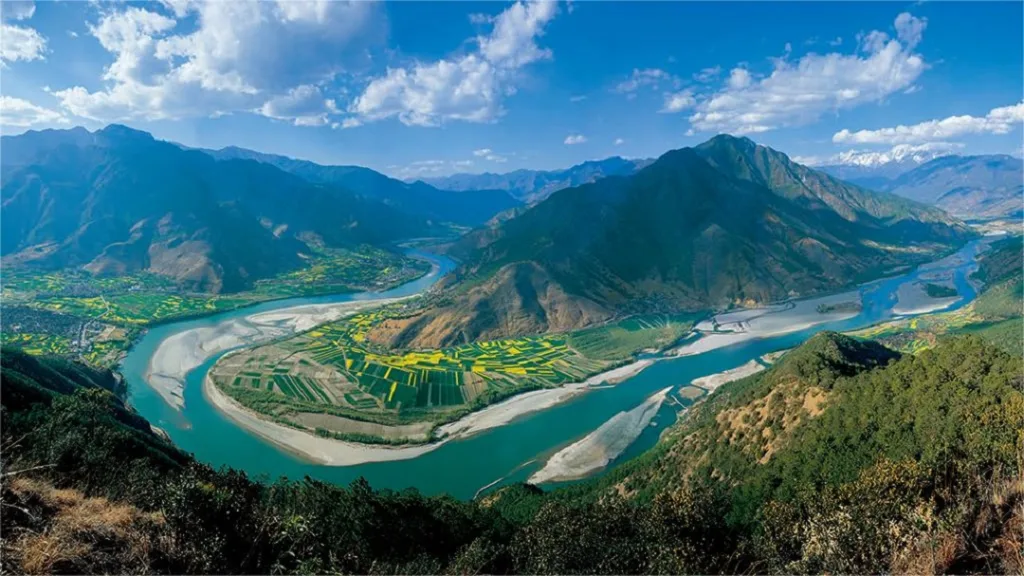
The First Bend of the Yangtze River (长江第一弯), also known as the First Bay of the Yangtze, is located at an altitude of 1850 meters. This natural landscape is formed by the majestic Yangtze River, which descends from the Qinghai-Tibet Plateau and enters Yunnan Province, where it traverses the rugged mountains and deep valleys of the Hengduan Mountains along with the Lancang River and Nu River, creating the magnificent spectacle known as the “Three Parallel Rivers.” When the Yangtze River reaches the Shigu Town in Lijiang, it makes a sharp turn of over 100 degrees to the northeast, forming the rare “V” shape of the great bend.
Índice
- Informações básicas
- Localização e transporte
- Highlights of the First Bend of Yangtze River
- Vlog about the First Bend of Yangtze River
- Outras atracções nos subúrbios de Lijiang
Informações básicas
| Duração estimada da excursão | 1 hora |
| Preço do bilhete | Grátis |
| Horário de funcionamento | 24 horas por dia durante todo o ano |
Localização e transporte
Located between the town of Shigu in Lijiang City and the village of Shasongbi in the southern part of Shangri-La County in northwestern Yunnan Province, the First Bend of the Yangtze River is approximately 130 kilometers from the county seat of Shangri-La and over 50 kilometers from the downtown area of Lijiang.
Travelers can reach the First Bend of the Yangtze River by taking a fixed-route bus from the Lijiang Passenger Transport Terminal. These buses, bound for destinations such as Jinzhuang and Zhongxing, pass through Shigu Town with a journey of approximately 2 hours and a ticket price of around 15 yuan per person. Additionally, near the Jinkai Square (金凯广场) in Lijiang, there are numerous privately operated minibuses available to take visitors to the First Bend of the Yangtze River at a cost of around 20 yuan per person.
Highlights of the First Bend of Yangtze River
Historic Relics in Shigu Town
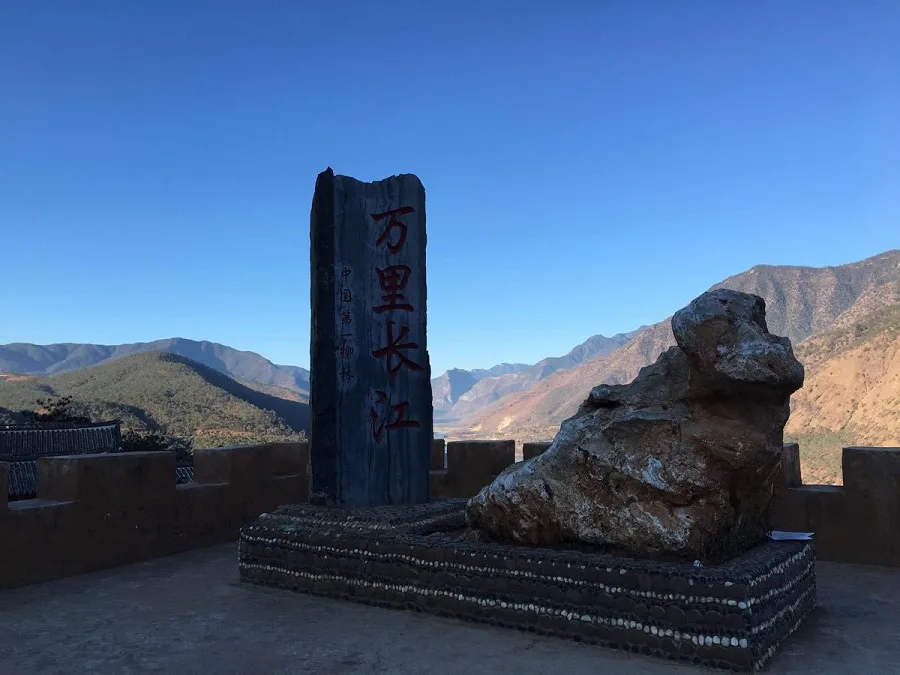
The town of Shigu, where the First Bend of the Yangtze River is located, derives its name from a drum-shaped stone monument carved from white marble. The monument, with a diameter of 1.5 meters and a thickness of 0.7 meters, is protected by a pavilion. There is a crack on the side of the drum, according to local folklore, indicating turmoil when the drum cracks open and peace when it closes again. On the riverbank to the right of the stone monument, there is a grove of willow trees protecting the embankment, while on the left side, the Chongjiang River joins the Yangtze. A bridge called the Tiehong Bridge spans the river, measuring 17 meters long with wooden planks laid on iron chains, and iron chains on both sides for protection. This bridge was built by Zhou Lanping, a scholar in the late Qing Dynasty.
Strategic Importance
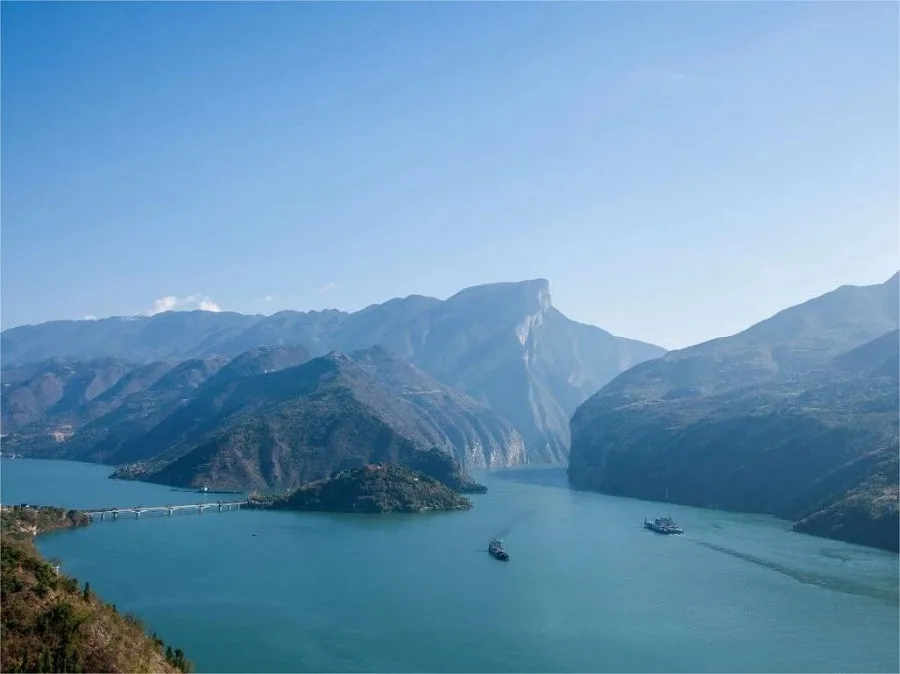
The wide and gentle waters of the Yangtze River at the Shigu Ferry Crossing have historically been a contested area of strategic importance. Legend has it that during the Three Kingdoms period, Zhuge Liang crossed the river here in May. In 1253, Kublai Khan also crossed the river at this spot. In April 1936, under the leadership of He Long, Ren Bishi, and Xiao Ke, the Chinese Red Army’s Second and Fourth Front Armies crossed the river here and headed north to resist Japan. After liberation, a monument called the “Long March Ferry Crossing Memorial” was erected on the high slope behind the Shigu Monument. Standing at 8.1 meters tall, the monument is grand and solemn, and it is a key cultural relic under the protection of Yunnan Province. In front of the monument, there is a memorial hall commemorating the Red Army’s crossing of the river, where artifacts related to the Red Army’s Long March through Yunnan are displayed.
Beautiful Scenery

The scenery around Shigu is beautiful and the area is rich in natural resources, earning it the nickname “Little Jiangnan of the Plateau.” Here, the river flows gently, the valley is vast, and terraced fields stretch layer upon layer. In spring, peach blossoms and pear blossoms bloom, wheat waves shimmering in the breeze, and rapeseed fields shine golden. In autumn, the fragrance of ripe rice fills the air, and the orchards are filled with fruits. The willow forests along the riverbank are straight and tall, providing shade and coolness, making it an ideal place for people to escape the summer heat.
Vlog about the First Bend of Yangtze River
Outras atracções nos subúrbios de Lijiang

Guanyin Gorge Scenic Area
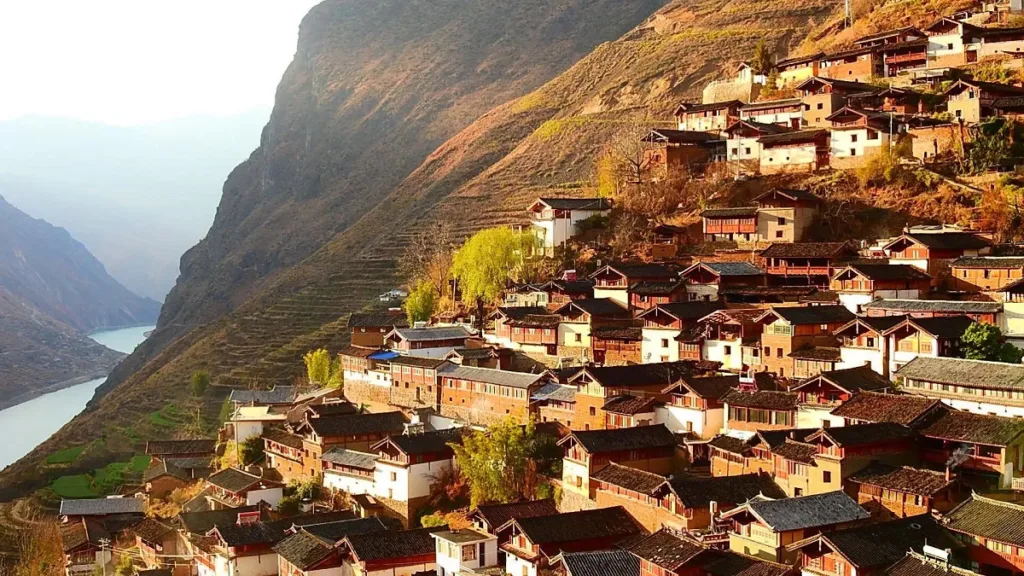
Aldeia de pedras de Baoshan
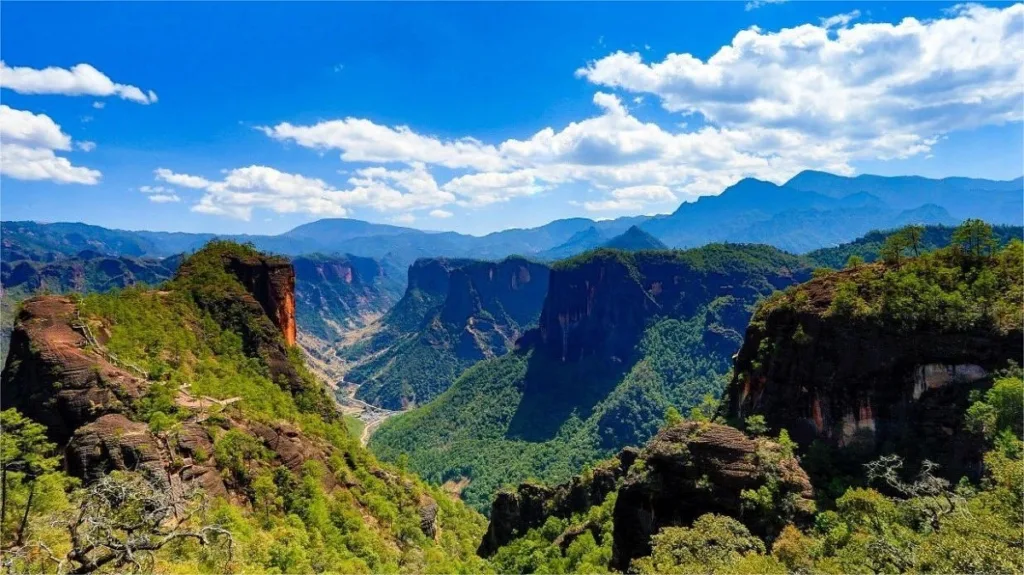
Montanha Laojun, Lijiang

Templo de Zhiyun, Lijiang
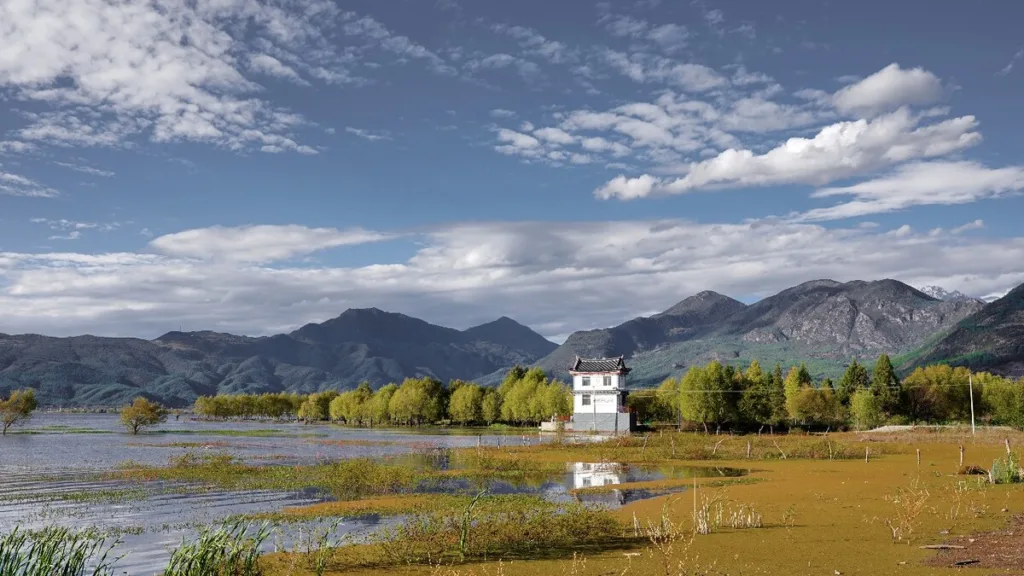
Parque das zonas húmidas de Lashihai
Atracções de Lijiang, Paisagens de Yunnan